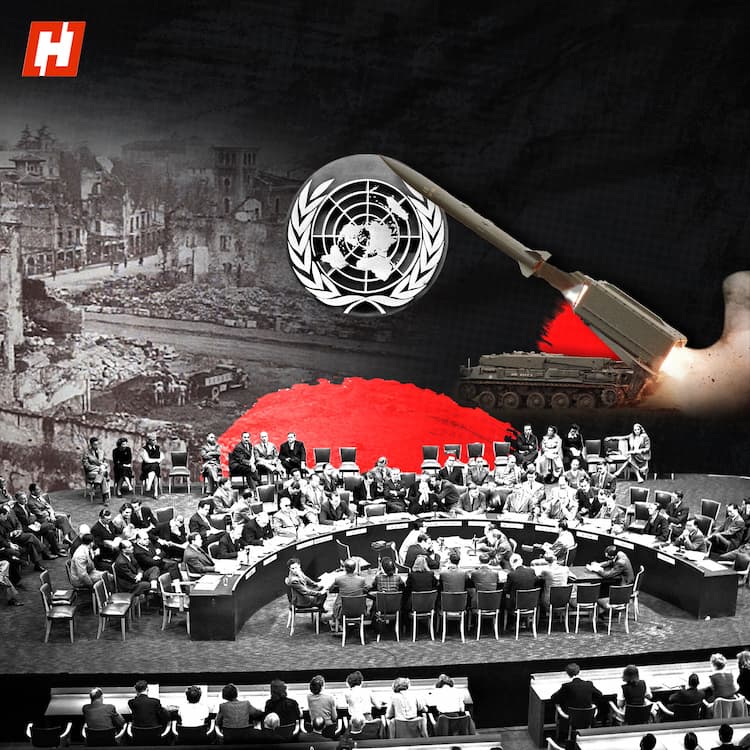The ball is back in Netanyahu's court, as Hamas demands amendments to the US-proposed 60-day ceasefire. Hamas' new military chief, Izz al-Din al-Haddad, is reportedly leading negotiations, and likely holds the final say on any deal with Israel.
Al-Haddad has served on Hamas’ high-level military council and survived six assassination attempts. He took on the leadership role after Mohammed Sinwar was killed in an Israeli strike.
Al-Haddad had earlier made it clear that he would either strike an honorable deal with Israel, or the war would turn into a war of liberation or a war of martyrdom. So, he is unlikely to back down from his demands.
Despite mounting pressure -- both internal and external -- Israeli Prime Minister Benjamin Netanyahu has called Hamas' demands ‘unacceptable’.
So, what is in the ceasefire proposal, and what are the points of contention?
The Trump administration-mediated ceasefire deal focuses on the release of 10 living Israeli hostages and the bodies of 18 others.
In exchange, Israel would release an unspecified number of Palestinian captives held in Israeli prisons. The exchange of hostages expected to take place over several days.
There are over 50 Israeli hostages still in Hamas captivity, 20 of whom are reported to be alive.
The US has also proposed that the UN and the International Committee of the Red Cross distribute a sufficient amount of aid to Palestinians. The deal also mentions a phased withdrawal of Israeli forces from parts of Gaza.
Hamas, however, has suggested a few amendments to the proposal, including the withdrawal of the controversial Gaza Humanitarian Foundation from the Strip.
Pertinently, the group received heavy flak after the United Nations chief humanitarian, Tom Fletcher, alleged that GHF was making aid conditional on political and military aims. They have also been accused of war crimes for firing at unarmed Palestinian lining up for aid.
Hamas has also demanded the Israeli military withdraw to the positions it held before it violated the ceasefire in March this year.
Notably, The Israeli military had already created the Netzarim Corridor, which splits the Gaza Strip into northern and southern sectors, soon after launching the war in 2023.
In April, Netanyahu announced the creation of the Morag Corridor in the southern Gaza Strip, capturing more territory in Gaza.
In the renewed negotiations, Hamas has also sought a US guarantee for an end to the war, even if the ceasefire ends without a permanent peace agreement.
The demand stems from Hamas’ experience with the previous ceasefire, which Israel unilaterally broke, and followed up with an intensified bombing campaign in the Gaza Strip.
While Netanyahu has agreed to the US ceasefire proposal, he has called Hamas' amendments ‘unacceptable’.
Netanyahu has reiterated that the war would not end until all Israeli hostages are released, and Hamas' control over the Gaza Strip ends.
As many experts have pointed out the complete ouster of Hamas from Gaza is not an attainable goal. According to political analysts, the Israeli PM is using it as an excuse to keep the war going.
Experts believe that an ongoing war would help Netanyahu hold on to power in the name of national unity, and crush growing criticism within the Jewish nation.
Analysts claim Netanyahu wants to continue the war until he gains enough political leverage to dismiss corruption cases and rebuild support.
As Netanyahu is visiting Washinton, experts suggest that the US President might force Netanyahu to accept the ceasefire.
Trump already lost patience with Netanyahu once, when Israel continued to bomb Iran after a ceasefire was declared in the 12-day war. So, Trump may not give Netanyahu much wriggle room on the Gaza ceasefire.
Between Netanyahu’s ambitions to stay in power and al-Haddad’s insistence that Israeli troops withdraw from Gaza, will Trump be able to get his way? The future of millions of Palestinians hangs in the balance.





